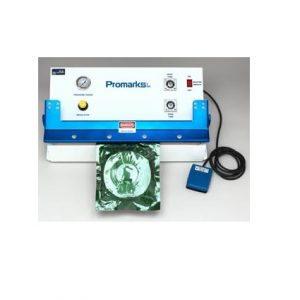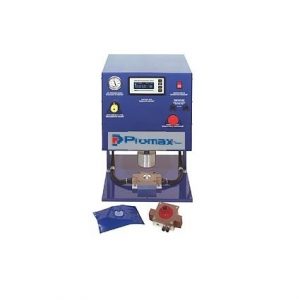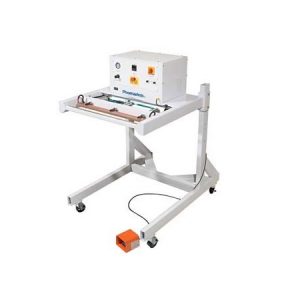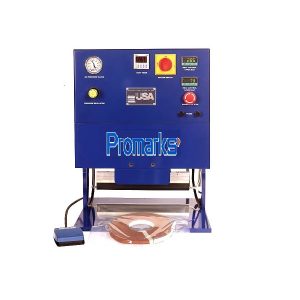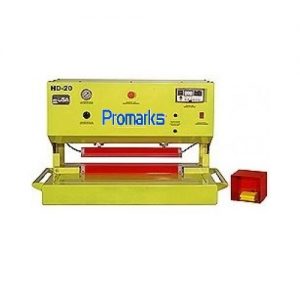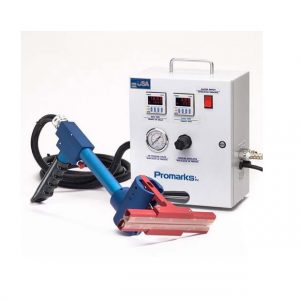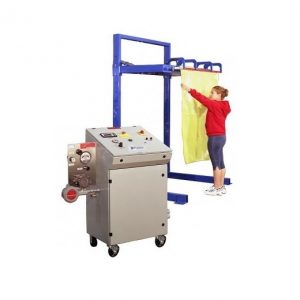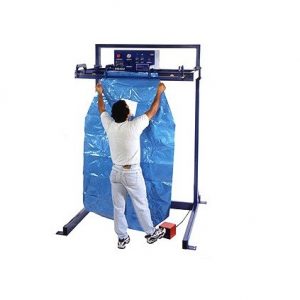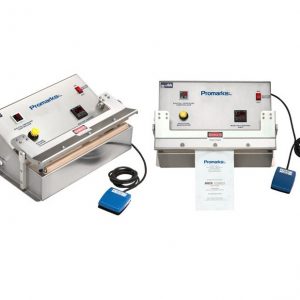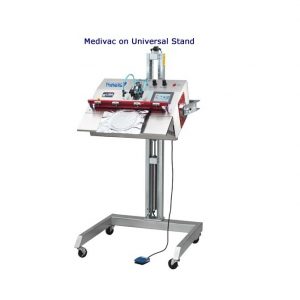-
MEDICAL PLC/HMI VACUUM CHAMBER
Read moreQuick View -
BAG SEALER
Read moreQuick View -
CIRCULAR SEALERS
Read moreQuick View -
COMPACT VERTICAL IMPULSE SEALER
Read moreQuick View -
CONSTANT HEAT SEALER
Read moreQuick View -
ERGONOMIC HAND SEALER
Read moreQuick View -
EXPLOSION PROOF SEALER
Read moreQuick View -
HEAVY DUTY VERTICAL IMPULSE
Read moreQuick View -
MEDICAL TABLETOP POUCH SEALER
Read moreQuick View -
MEDICAL VACUUM SEALER
Read moreQuick View -
PORTABLE T-CLAMP HAND SEALER
Read moreQuick View -
PROMARKS VACUUM SEALER
Read moreQuick View
Heat Sealers
Heat Sealers
Impluse vs Continuous Seal Systems
Continuous heat systems have been in use longer than impulse systems and many of the military seal specifications (mil specs) were set up using this type of a system. The major benefit of this type of seal system is that the seal temperature can be controlled very accurately with a simple low cost temperature control unit. This allows this type of system to seal heavy material where the heat of the seal surfaces must be allowed to soak in and heat up the seal area to the proper seal temperature without exceeding that temperature and thus damaging the material being sealed. However continuous heat seal systems can only heat up the material being sealed under pressure and cannot allow them to cool back down under pressure and this presents many issues when the material being sealed is a thinner more flexible material because the material can be pulled apart some when the seal jaws or seal dies are moved to allow the sealed part to be removed from the seal area. Despite this problem many pieces of heat sealing equipment still use continuous heat seal systems.
The basics of the impulse seal system was invented by Vertrod around 1950 and has become the standard of the industry for heat sealing plastic films together. The major advantage of an impulse systems is that it allows the film being sealed to be both heated up and cooled under pressure. In the most basic form an impulse system works as follows:
- The film is placed between the seal jaws of the machine.
- The jaws are closed under either manually or via a mechanical system
- Once the jaws are under pressure voltage is applied to the heating element for a set amount of time.
- Once the seal time times out the voltage is cut off but the jaws remain under pressure for a set amount of cooling time.
- Once the cooling time times out then the jaw pressure is released and the sealed material is removed from between the jaws.
If the seal time and cooling time are properly set then the above sequence will produce an air tight and water tight seal that is a strong as the material that was being sealed.
However there are some drawbacks to the basic impulse system outlined above. One of these drawbacks is the fact that over the course of multiple seals the seal bars will retain heat and this means that when the voltage is applied to the seal element for the same amount of time for seal number one hundred the material being sealed will experience a higher temperature that id did when seal number one was made. In some cases the residual heat trapped in the seal bars will cause the seal temperature to exceed the maximum seal temperature that the material can withstand and that will cause the material to weaken and the seal to fail. In the early days of impulse sealing system water cooling of the seal bars were employed to help overcome this problem as water cooling helped bring the temperature of the seal bar back to the same starting point for every seal. In later years temperature controlled impulse systems where created to eliminate the overheating problems and the latest of these systems can control the seal temperature as well as the seal pressure and the seal cool down temperature with accuracy that allows these systems to be fully validatable for sensitive military, medical and pharmaceutical applications.
Promarksvac Corporation manufactures and distributes a wide variety of both impulse and continuous heat sealing machines from the simple manual table top impulse sealers used in so many shipping rooms to custom designed machines that serve many industries. Promarksvac has built long line impulse sealers up to 300” seal lengths for applications involving sealing very heavy material used in the manufacture of coffer dams in the construction industry to impulse seal machines with special 2” wide seals for an application presented to us by 3M as well as some very large continuous heat system machines for producing the special surgical drapes used on the arms of surgical robots to provide a sterile barrier between the arms and the patient. The above examples are only a few of the hundreds of custom and standard heat sealing applications that Promarksvac has manufacture heat sealing equipment for.
Promarksvac has an in house mechanical, electrical and PLC engineering staff as well as manufacturing facilities in both the USA and Taiwan. If you have a heat sealing application contact Promarksvac today and we will put our resources to work to offer you the best solution possible.



